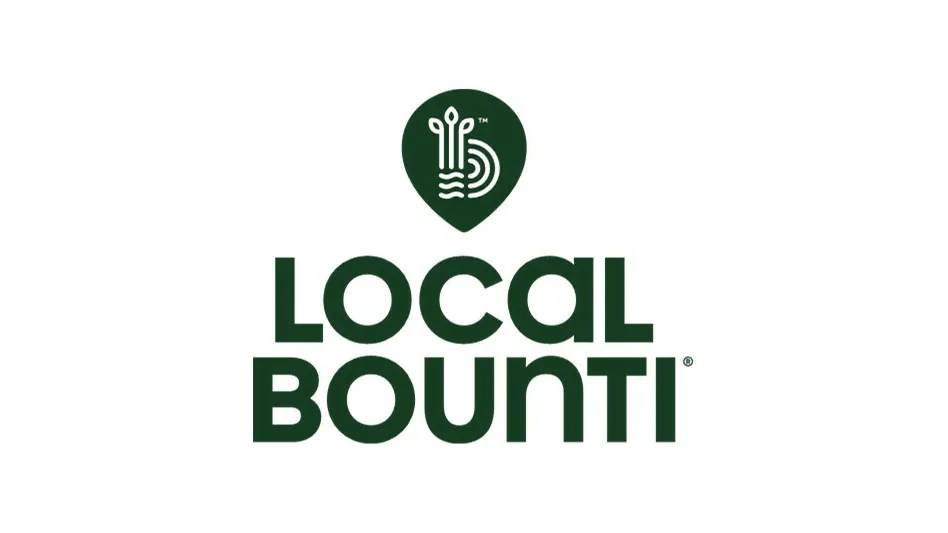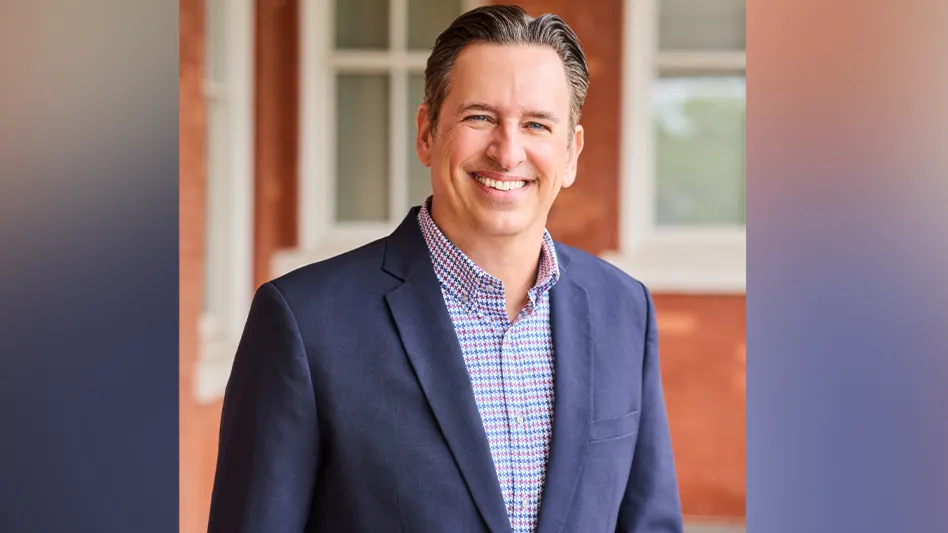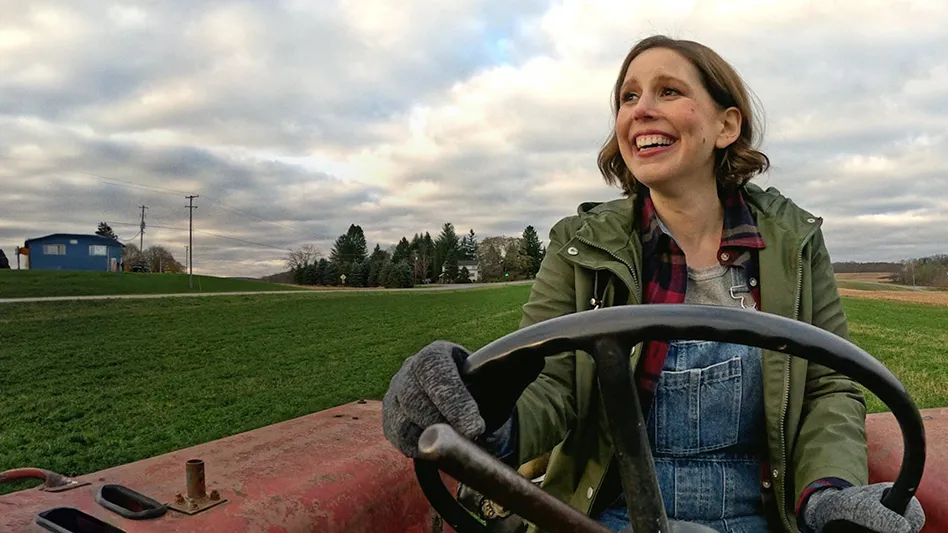
Adobe Stock | DIVERSITY
Editor's Note: This article is the second installment in a three-part series on university-based studies. Read the first installment here, and read more about food safety's university-industry connection here.
Jadé Giordani was inspired by her professor’s passion to drive change. “He always pushed that you can’t make change unless you educate people and give them the right tools to change their attitudes and behaviors about food safety,” she said.
Frank Yiannas, FDA’s former deputy commissioner for food policy and response, is an adjunct professor at Michigan State University’s Online Food Safety Program. Giordani was in his class, which ignited a spark for her master’s applied project.
At the time, Giordani oversaw food safety and quality assurance as a “team of one” stewarding a portfolio of about 40 restaurants in seven states, along with a food production facility. There, about 80% of food was produced and shipped daily to serving sites throughout the Midwest. Today, Giordani is a plant quality manager with The Kraft Heinz Company in Coshocton, Ohio, where Oscar Mayer bacon is manufactured.
PROJECT AND PURPOSE. Reflecting back to her time in a growing Mexican franchise restaurant business, the young operation was expanding quickly and so was staff at restaurants and in food production.
Giordani decided to conduct a food safety culture survey. Some questions were basic: Do you wash hands before putting on gloves? What happens if you drop food on the floor?
Others were more directly related to food contamination: How can Salmonella make you sick? What are the symptoms? What should you do? Do you report it?
The survey included temperature questions: How long should food cool after preparation?
“We were seeing the knowledge was there for the most part, but the attitudes, behaviors and making the right decisions were not there,” Giordani said. “So, there was a disconnect.”
In a feedback section of the survey, some employees stated that food safety programs had not been updated in several years. Another remark: “It’s not even in a language I can understand.”
About 90% of employees in the food production facility were Spanish speaking with limited comprehension of English. At the time, no part of training was offered in Spanish — for anything, including recipes and standard operating procedures for operating equipment.
About 350 employees responded to the survey. “They were pushing for it,” Giordani said. “It was the first time we did something like that in the company’s history — and the business is now about 10 years old.”
Giordani launched a full-blown food safety culture program as part of her applied project.
Drawing from Yiannas’ teachings and resources, Giordani said her work focused heavily on theory and how to create a food safety culture. With the survey as a launch pad, she dug deeper and met with employees on the production floor and in restaurant kitchens. The first year of the food safety culture revamp involved ensuring accessibility in the Spanish language and for employees without computers.
“We made documents they could get from an app on their phone,” she said, relating that all materials were translated so everyone felt documents spoke to them.
FACTS AND FINDINGS. “At my facility, I noticed a change and saw people beginning to ask questions about food safety and check in with me, asking, ‘Is this O.K.?’” Giordani said. “It was great to see the staff own food safety and then ask questions when they didn’t know the answer.”
She added, “It was interesting to see the company change direction and realize how important food safety is for a growing retail food establishment in multiple states. You want to be sure you are keeping people safe.”
Giordani said the collaborative effort required leadership buy-in and commitment, which was a key component to executing a top-down food safety culture with increased awareness, knowledge of best practices and oversight.
WHAT’S NEXT? “My biggest takeaway is to listen to your employees, even if it’s through a survey or a call. Actively listen and understand what they are doing on the restaurant and production floors,” Giordani said. “Put yourself in their shoes, too.”
It’s one thing to sit behind a desk and write SOPs. “It’s important to know what they are going through, what’s working, what’s not working, where there are gaps — and test their knowledge,” she said. “Walk a day in their shoes. Get on the line. Work next to employees. Talk to them, because they know.”
Latest from Quality Assurance & Food Safety
- Breck Partners Acquires NPX One
- Agilent Technologies and ICAR-National Research Centre for Grapes Partner to Enhance Food Safety Standards
- USDA, HHS Announce New Actions to Reduce Impact and Spread of H5N1
- Cornell Dairy Foods Extension Offers Membrane Processing Workshop
- HEMCO Releases Cabinet for Flammable Storage
- Food Safety Summit Keynote Focuses on Food Safety Leadership
- FDA Publishes Landmark Final Rule to Enhance the Safety of Agricultural Water
- The Wendy's Company Reports 2023 Corporate Responsibility Progress





